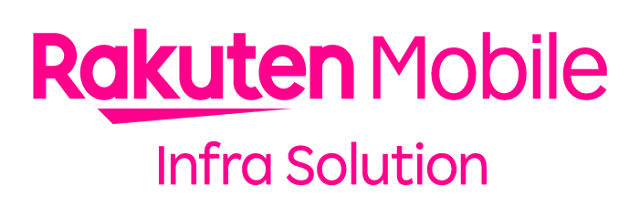Back in 2019, I wrote about how TEPCO (Tokyo Electric Power COmpany) Power Grid was trying to utilize their utility poles and other electric power infrastructure for mobile network infrastructure sharing. They managed to get KDDI, Softbank and Rakuten Mobile onboard with their approach.
Japan is vying to be a global leader in 5G and that has been one of the main drivers to encourage active and passive mobile network sharing. We covered some of these in the blog post here.
In their annual report for last year, TEPCO said:
We shall coordinate with other operators and leverage the assets of TEPCO Power Grid to provide support for the efficient installation of base stations and eliminate landscape issues by clustering facilities together. We aim to further improve convenience in your daily lives by building infrastructure that meets diverse needs.
Our base station sharing service will integrate location, fiberoptics, and co-location services for configuring base stations. Sharing base stations with multiple companies will contribute to reducing the facility investment of communications operators.
In 2020, TEPCO also carried out trials with NTT Docomo and Rakuten Mobile where they deployed 5G smart poles and digital signage on their power distribution ground equipment.
In the most recent announcement, Rakuten Mobile and TEPCO Power Grid announced the establishment of a new company for base station construction solutions. "Rakuten Mobile Infra Solution, Inc.," started business on 01 July 2022. The press release said:
Rakuten Mobile Infra Solution will further improve the efficiency of base station construction by effectively utilizing public assets to expand Rakuten Mobile's network, developing installation specifications for Rakuten Mobile's base station equipment and managing installation work. Through this work, the company aims to contribute to the provision of a stable communications environment.
In the construction of its network, Rakuten Mobile is already utilizing some power assets to enable rapid network construction. This has contributed to Rakuten Mobile achieving its target for 4G population coverage on its network about four years ahead of schedule. With the establishment of the new company, Rakuten Mobile will further expand its 4G and 5G coverage, increase the densification of its base stations and strengthen the development of communications infrastructure to provide a stable service. In addition, utilizing existing power assets will improve the cost efficiency of base station construction.
TEPCO PG is actively engaged in infrastructure sharing that utilizes electric power assets such as distribution ground equipment, and has been considering the possibility of new social contributions through its electric power assets. Through the establishment of this new company, TEPCO PG will contribute to the realization of a stable communications environment by supporting the efficient installation of base stations and reducing capital investment, through utilization of the assets, construction capabilities and know-how of the TEPCO PG Group.
We are looking forward to the companies sharing details about the operation in the future.
Related Posts:
- The 3G4G Blog: Mobile Network Infrastructure Sharing in Japan over Electric Power Infrastructure
- Operator Watch Blog: Japan on Infrastructure Sharing Mission, Driven by 5G
- Telecoms Infrastructure Blog: Some Pictures of Macrocells (and Small Cells) from Rakuten, Japan
- Telecoms Infrastructure Blog: Rakuten details how Cloud will make Telecommunications Industry Irrelevant
- Telecoms Infrastructure Blog: KDDI to test 5G with base stations built in Street Lights
- Telecoms Infrastructure Blog: Rural & Remote: 2 case studies



